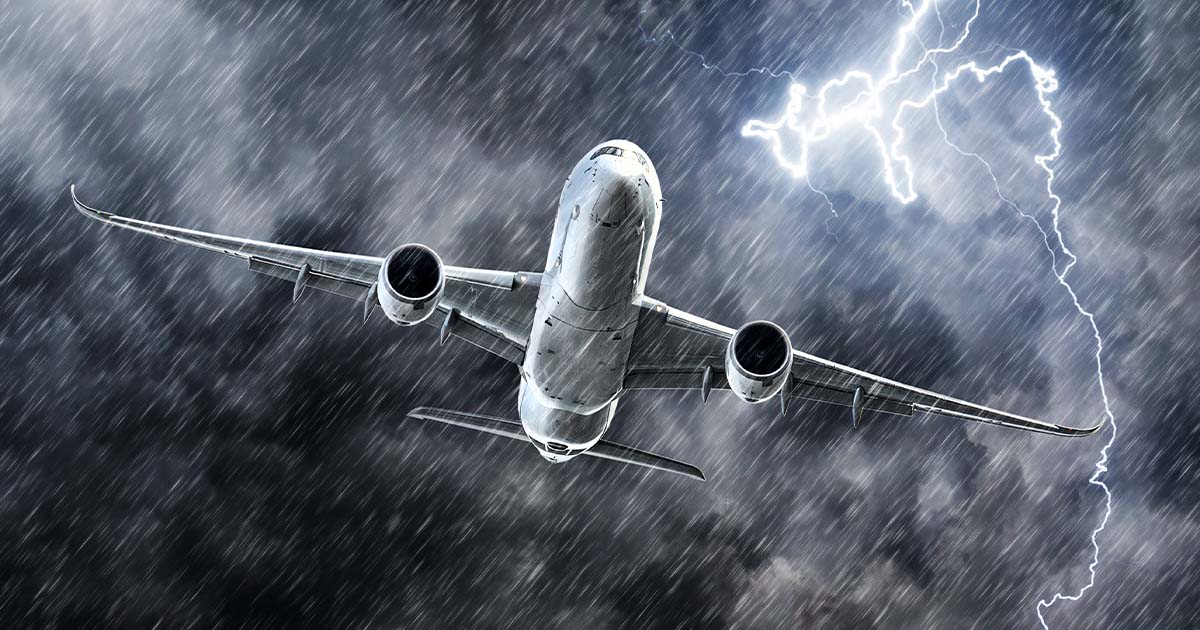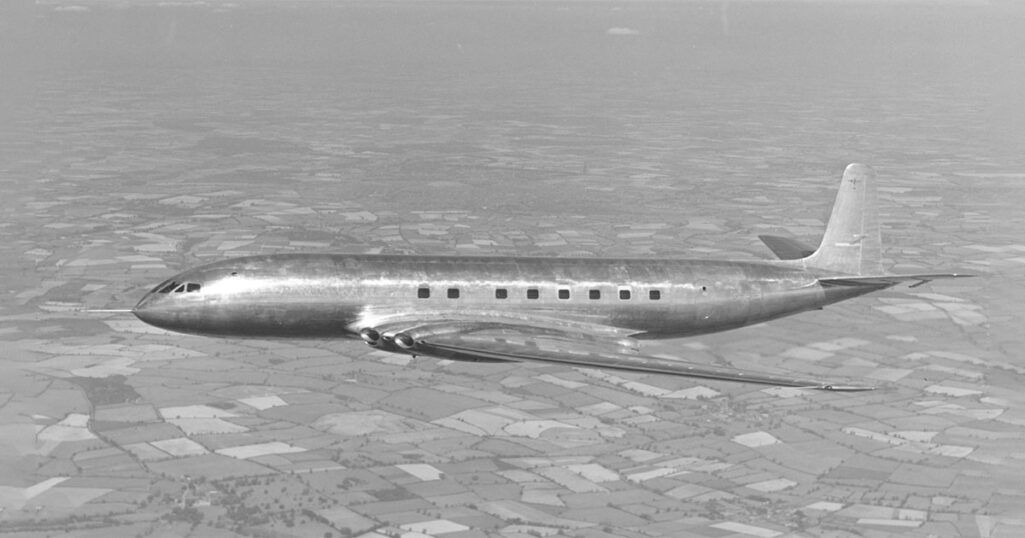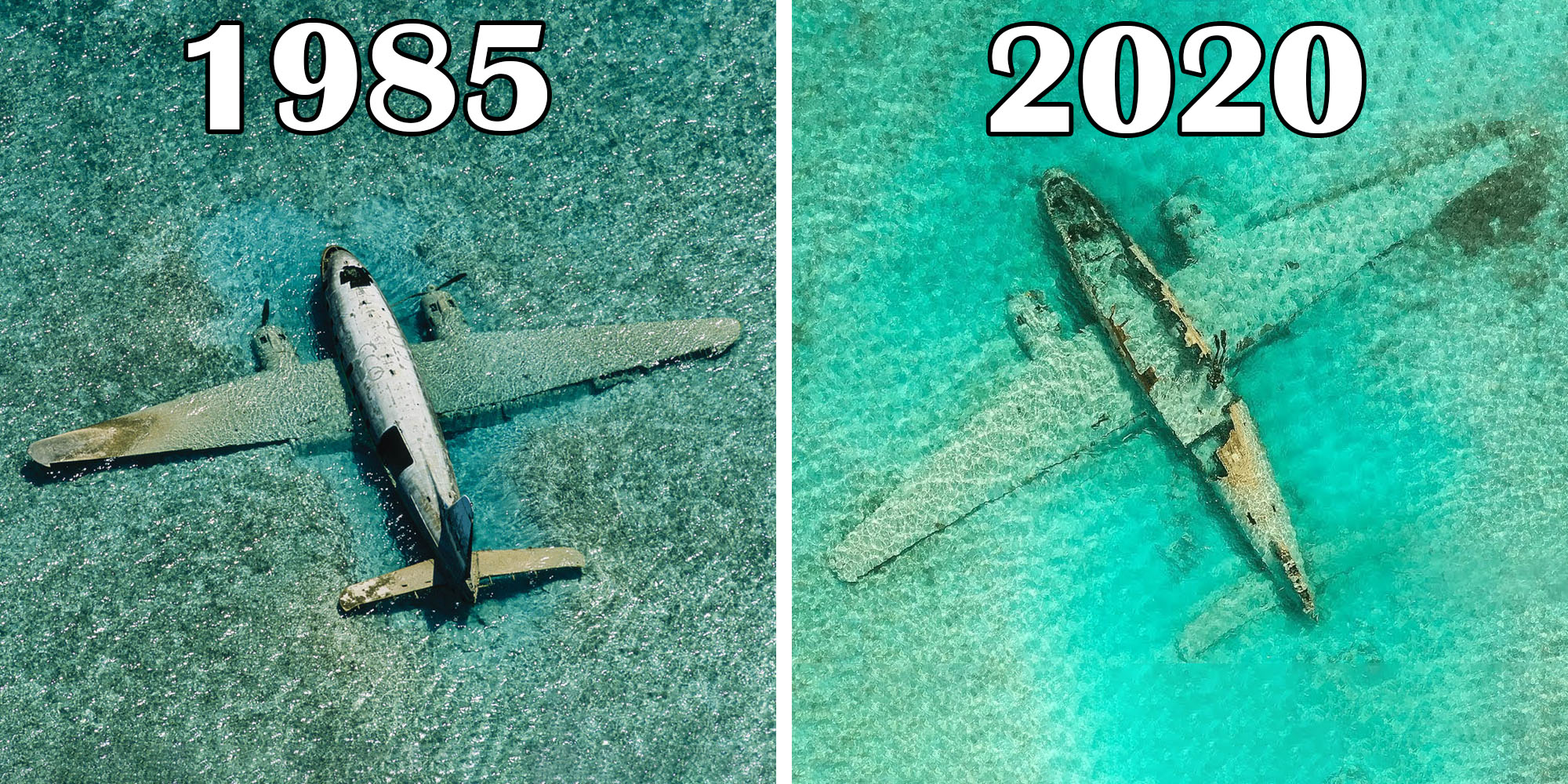
Even though it is considered a rare case, it has happened multiple times during commercial airline history. Breaking a window in an airplane is something that might seams not dangerous to many, but in reality, it is.
Windows breakage might happen due to multiple reasons. Whether it was due to an accident or some passenger trying to experience something new, it still has a devastating effect on the plane’s crew if not a smart action is taken immediately.
In the below sections, we will discuss multiple accidents that happened in history and find the reasons that caused them. We will also see scientifically what happens exactly on the plane when the window is broken. What dangers might arise to the passengers, crew and the plane itself? And how should you react if you happen to be there?
Real-Life Stories
Broken windows accidents actually happened multiple times and on different airways. This was not limited just to passenger windows. This indeed also happened with the pilot’s frontal windows!
British Airways Flight 5390

On June 10, 1990, a trip took off from Birmingham Airport in the UK, heading towards Malaga’s Airport in Spain. The plane departed at 8:20 local time, taking on board 81 passengers along with the 4 crew members.
13 minutes later, the plane was over Didcot in the UK, and the pilot and the co-pilot were waiting for the meal. When the hostess was entering the cockpit, she heard a loud bang.
The left windscreen panel was open, and the captain was partially sucked out of the plane! His crew members reacted quickly and saved him. The co-pilot took the responsibility and landed the plane 15 minutes later at Southampton Airport.
The plane was not equipped with oxygen for everyone. So the co-pilot began an emergency descent immediately to reach an appropriate altitude. Even the communication with the airports was difficult due to wind noise.
The pilot was taken to the hospital suffering from fractures in his right arm, left thumb, and right wrist.
Sichuan Airlines Flight 3U8633
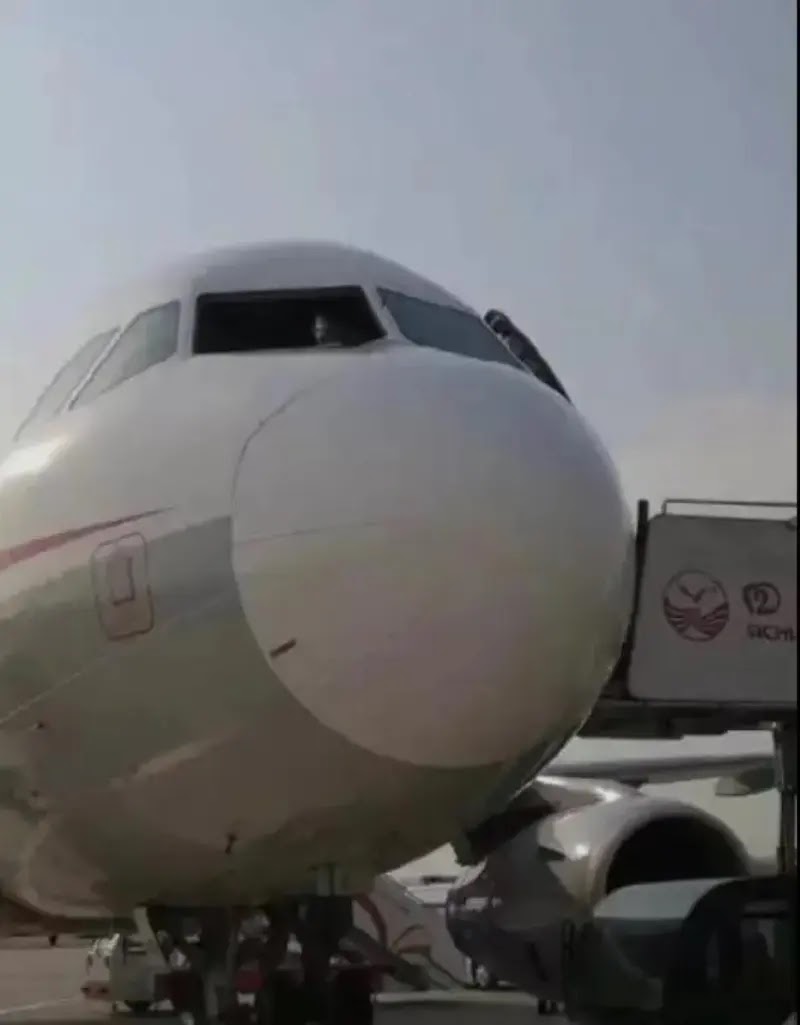
Another story that looks similar to the first happened on May 14, 2018, when a plane took off from Chongqing to Lhasa on a domestic trip inside China.
It was suddenly when the right windshield blew away at an altitude of 32,000 ft. The co-pilot was sucked halfway out of the window. The co-pilot was pulled back inside with the help of the crew members. He and another crew member were injured, but none of the 119 passengers.
The plane made an emergency landing in the southwest city of Chengdu.
Southwest Flight 1380
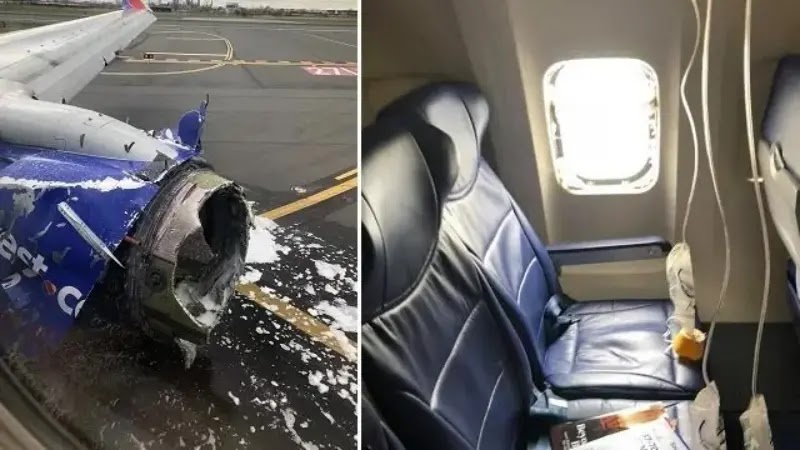
This time it is a story that happened with the passenger windows, not the pilot. This happened on April 17, 2018, on a trip from New York to Dallas when a rare engine explosion caused a passenger’s window to burst.
At an altitude of over 32,000 feet, the woman sitting next to the window was pulled out of it. Other passengers quickly reacted and pulled her back into her seat.
The plane was carrying 144 passengers and 5 crew members. The plane made an emergency landing in Philadelphia, but the passenger was dead.
Why does this happen?
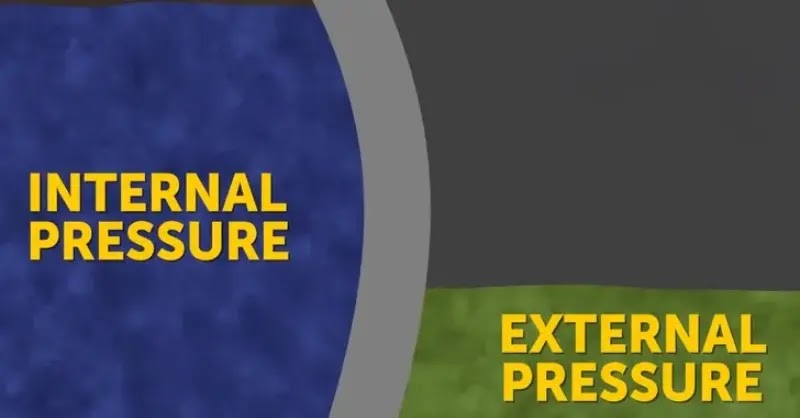
If you are asking about the windows breaking, this is a rare accident that could be caused by multiple factors. A flying bird, a faulty window, or even an engine explosion as in the third story.
However, the interesting common thing in the 3 stories is the suction of the person sitting next to the window. Why does this happen?
When a window breaks at a high altitude in the plane, you’d hear a booming noise resulting from depressurization. Basically, the cabin air pressure is greater than the air pressure outside the plane in order to allow passengers to breathe comfortably.
The plane usually flies at altitudes between 30,000 to 40,000 feet. Air pressure outside the plane at these altitudes will be just 4 to 5 PSI. On the other hand, the pressure inside the plane will be between 11 – 12 PSI.
A broken window would cause the air inside to rush out rapidly, causing little objects like phones and magazines (and even larger ones, like people) to be carried away. This is all due to the high-pressure difference at high altitudes.
It’s also possible to experience lower temperatures and lower air pressure and mist or fog from condensation inside the plane.
Conclusion
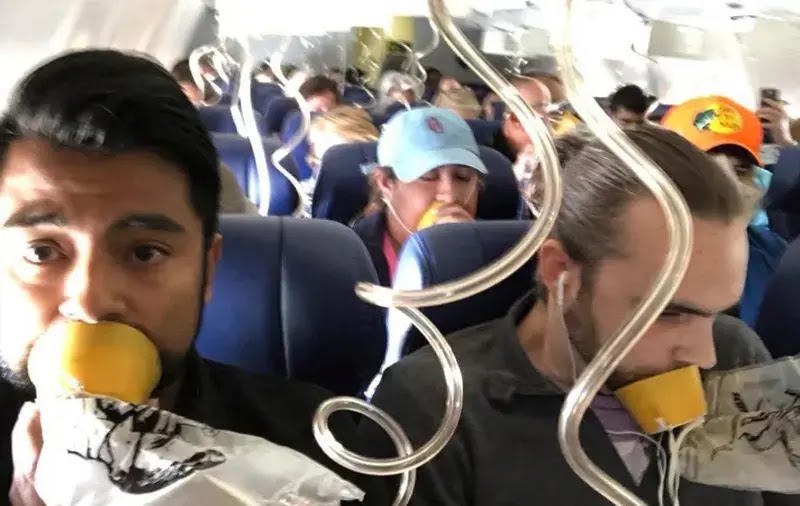
The most essential thing to remember in this scenario, as in many others, is to remain calm. As a safety precaution, wear your seat belt at all times when seated. Make sure you put on your own oxygen mask before helping your child or other persons around you. Plane crew members will begin an emergency landing, and the plane will descend quickly to avoid passenger injury.
Traveling by air is one of the safest modes of transportation, and it’s only going to become better. On the other hand, depressurization emergencies are extremely unusual, and just 2.7% of all pressurization failure incidents are caused by a window.

